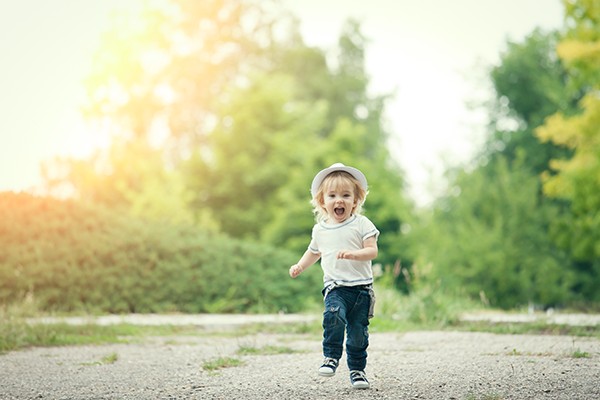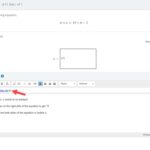Three years old is a time of incredible growth and development for children. As they transition into preschool, you might be wondering, “What should three year olds be learning?” This article explores the key developmental milestones for three-year-olds, encompassing physical, cognitive, language, and social-emotional skills they typically acquire in a preschool setting. Understanding these milestones can help parents and educators support their child’s learning journey effectively.
Physical Development in Three-Year-Olds
Physically, three-year-olds are bursting with energy and developing important gross motor skills. They are typically able to run, jump, climb stairs unassisted, and even ride a tricycle. Fine motor skills are also progressing, enabling them to wash and dry their hands, stack blocks, and use utensils more effectively. While growth slows down compared to infancy, most three-year-olds gain between 4 to 6 pounds and grow 2 to 3 inches per year.
Cognitive Development Milestones
Three-year-olds are curious explorers, constantly asking “why?” They begin to grasp concepts like size differences (big and little), past tense (yesterday), and prepositions (on, under, behind). Problem-solving skills emerge as they attempt to figure things out on their own. They can often count up to four objects, recite their full name and age, and point to the correct picture when asked a simple question. Memory also improves, allowing them to recall certain events.
Language Development in Preschool
By age three, children’s language skills are flourishing. Their vocabulary expands significantly, reaching anywhere from 500 to 900 words. They can speak in sentences of four to five words, use pronouns correctly, and remember simple rhymes or lyrics. Their speech becomes clearer and more understandable to others. They begin to use social phrases like “please” and “thank you,” indicating growing social awareness.
Social-Emotional Development in Three-Year-Olds
Socially and emotionally, three-year-olds are learning to navigate the world of relationships. While temper tantrums may still occur, they become less frequent. Children begin to share, take turns, and show empathy towards others. Playing with other children becomes increasingly important, fostering cooperation and social skills development. Imaginary play also blossoms, allowing them to express their creativity and explore different roles.
Supporting Learning at Home
Parents can play a crucial role in supporting their three-year-old’s development at home. Engaging in activities like reading together, singing songs, playing games, and encouraging pretend play can stimulate their cognitive, language, and social-emotional growth. Simple chores, like picking up toys, foster independence and responsibility. Creating a consistent bedtime routine helps ensure adequate sleep, which is essential for their development.
The Importance of Preschool
Preschool provides a structured environment for three-year-olds to learn and grow. Through play-based activities, children develop crucial skills in all areas of development. Interaction with peers and teachers helps them learn to share, cooperate, and resolve conflicts. Preschool also introduces children to basic concepts like colors, shapes, and numbers, preparing them for future academic success.
Conclusion
Understanding the developmental milestones for three-year-olds provides valuable insights into what they should be learning in preschool. By focusing on physical, cognitive, language, and social-emotional development, preschool programs can effectively prepare children for kindergarten and beyond. Parents and educators working together can create a supportive and enriching learning environment for these budding learners.
Reviewed by Dr. Toya Tillis, Pomona Pediatrics, CHOC Primary Care – June 2021

